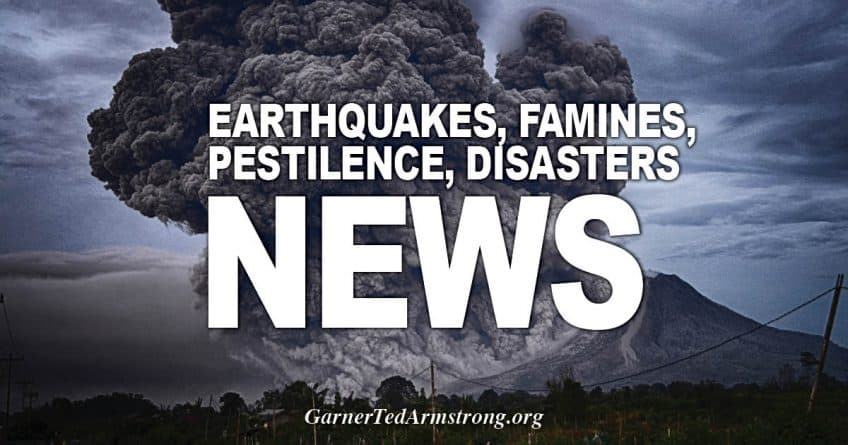Our most recent research is on nursing homes, hospices, and hospitals with a NY focus. Covid deaths are exaggerated because of how they are reported and many are reported as COVID deaths without being tested. Moreover, there is a financial incentive to exaggerate the numbers. Even the CDC has a much lower COVID death count when properly coded and estimated –37,308 as of May 1. This number is much lower than the 60,300 estimated by IMHE researchers on April 20. The number of deaths reported by the CDC are the total number of deaths received and coded as of the date of analysis and do not represent all deaths that occurred in that period.
Refining our research thus far, we have determined that the COVID-19 mortality, death, and case-fatalities rates are significantly lower than experts and policymakers currently believe. We have estimated the economic costs for various lockdown timelines and when the recovery can be phased in. The point where layoff-related deaths exceed COVID-19 lives saved is when we need to consider whether going on will be costlier than going back.
We estimate an average household burden of $33,442 and $27,848 per employed due to the $4.3trn cost to save COVID-19-related lives. The shorter the duration of the lockdown, the lower the cost and debt burden on the men and women who make our country great. This debt includes $3.8trn in deficit spending and $27trn in public debt, which, either separately or combined, will result in higher taxes, reduced social spending, lower job growth, GDP and living standards.
Numbers are central tendency estimates which likely will not match actual results. However, they are more than sufficient to make our trade-off argument that COVID lives saved should not be exceeded by lives ruined and lives lost.
The cost in human lives
On April 20, University of Washington (Institute of Health Metrics) Professor Ali Mokdad said, “The United States is already past the “peak” in terms of daily COVID-19-related deaths.” The IMHE modelers recently revised projected coronavirus-related deaths sharply downward, estimating 60,300 coronavirus-related deaths by early August. The White House had previously said that there might be between 100,000 and 240,000 coronavirus-related deaths even if most people followed strict social distancing guidelines.
Using our estimates, a 31% increase in unemployment (47m) with a lockdown extending through May will result in a doubling of drug overdoses (69,735) and an additional 15,137 suicides. Together, these account for 84,872 layoff-related deaths, in addition to the base-case estimates of 60,300 (with an estimated range of 34,063 to 140,381) coronavirus deaths predicted by the IMHE researchers.
The grim calculus of joblessness
According to data from the National Bureau of Economic Research and the Lancet, a medical journal, every one percent hike in unemployment will likely produce a 3.3 percent increase in drug-overdose deaths and a 0.99 percent increase in suicides.
For the year ending February 2019 (NCHS), 69,029 people died of drug overdoses, almost 7 out of 10 the result of opioids. Suicide, the tenth leading cause of death in the United States, accounted for 48,344 deaths (CDC), more than twice the number of homicides (19,510).
Lockdown-related deaths will likely exceed the base-case number of COVID-19 deaths by 141%—and this offsets 60% of the highest estimate of 140,381 predicted by IMHE researchers.
The number of layoff-related drug overdoses and suicide deaths will soar as lockdown durations grow, and in tandem with job losses, debt obligations, and economic costs.
Our base-case estimate is for 15 million unemployed by the end of 2020, assuming a phased-in recovery starting mid-May. Given the expected recovery, we now estimate 33,743 drug overdoses and 7,324 suicides, which sum to 41,067 layoff-related deaths. While not as grim, it increases the base-case estimate COVID-19 deaths by 68%.
We provide additional tables required to validate and support our trade-off conclusions in the following essay: The price of reducing needless deaths versus the price of COVID-19 lives saved: The grim calculus. The series of essays are from a longer COVID study.
Although statistics for alcohol layoff-related deaths are not as strong, there is a robust correlation. For people aged 50–65, being unemployed is associated with increased drinking, mood swings, and depression, which highlights the need for prevention policies and interventions and to improve access to treatment services during an economic recession, especially for vulnerable groups such as those facing layoffs in middle age.
Given the lockdown costs in lives and treasury, is it not common sense to say that the U.S. must go back to work, perhaps gradually, in phases. A mid-May unlock would reduce the economic cost by approximately $1.2trn, unemployment by 5.2 million, and reduce layoff-related deaths. If grocery stores and Home Depot can operate safely as essential businesses, so can many others. Like a critically ill patient, the economy cannot be on life support indefinitely. This is especially true when wealth destruction from a prolonged lockdown harms our ability to fund healthcare.
With luck and ingenuity, scientists will develop a vaccine for the world’s people. For America’s economy, getting back to work is the best medicine. The point where layoff-related deaths exceed COVID-19 lives saved is when we need to consider whether going on will be costlier than going back.
Note: Donald McGregor’s The Coronavirus: The Health of Our Nation, Our Economy, and Our Liberties, a Delicate Balance is an excellent commentary about the devastating psychosocial impact of a prolonged pandemic lockdown.
[Disclaimer]










